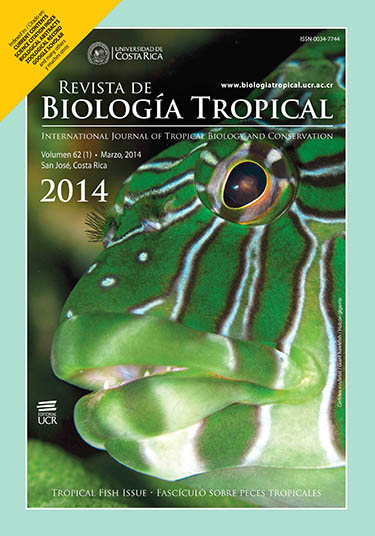Abstract
The “Ernesto Tornquist” Provincial Park (ETPP) is located inside the Ventania system (Argentina) and was created to protect one of the last relicts of pampean grasslands. Even though many studies have looked at the vertebrate faunal diversity, biology, and conservation in this Park, few studies have been dedicated to arthropods. Among these, spiders have been used as ecological indicators to evaluate nature conservation status, nevertheless, basic information on their distribution and ecology is necessary for their use as indicator taxa in this region. Thus the goal of this study was to present the phenology and demography of the spider Odo bruchi, a cursorial spider present in the ETPP. For this, spiders were sampled bimonthly using pitfall traps between September 2009-2010 (first year), and March 2011-2012 (second year). A total of 10 traps were placed every 10m along a transect of 100m parallel to the longest axis of a grassland slope with native vegetation. Traps were filled with 1 500mL of ethylene glycol, that were examined and refilled every 60 day period. We collected a total of 799 specimens in two years. Juveniles were the most abundant reaching 47.8% of the total, while males corresponded to 27.8% and females 24.4%. We found significant differences in the mean abundance of O. bruchi: the abundance during spring-summer (Nov-Dec-Jan-Feb) was significantly higher than the other periods of the two years period. Moreover, we found an even abundance distribution throughout the year in the entire study. This work represents one of the first contributions to the ecology of this spider family in the area. Also, our results comprise relevant information to encourage future studies on this spider species as a bio-indicator of the conservation status of pampean grasslands##plugins.facebook.comentarios##
Downloads
Download data is not yet available.






